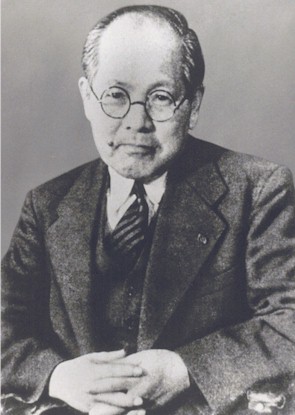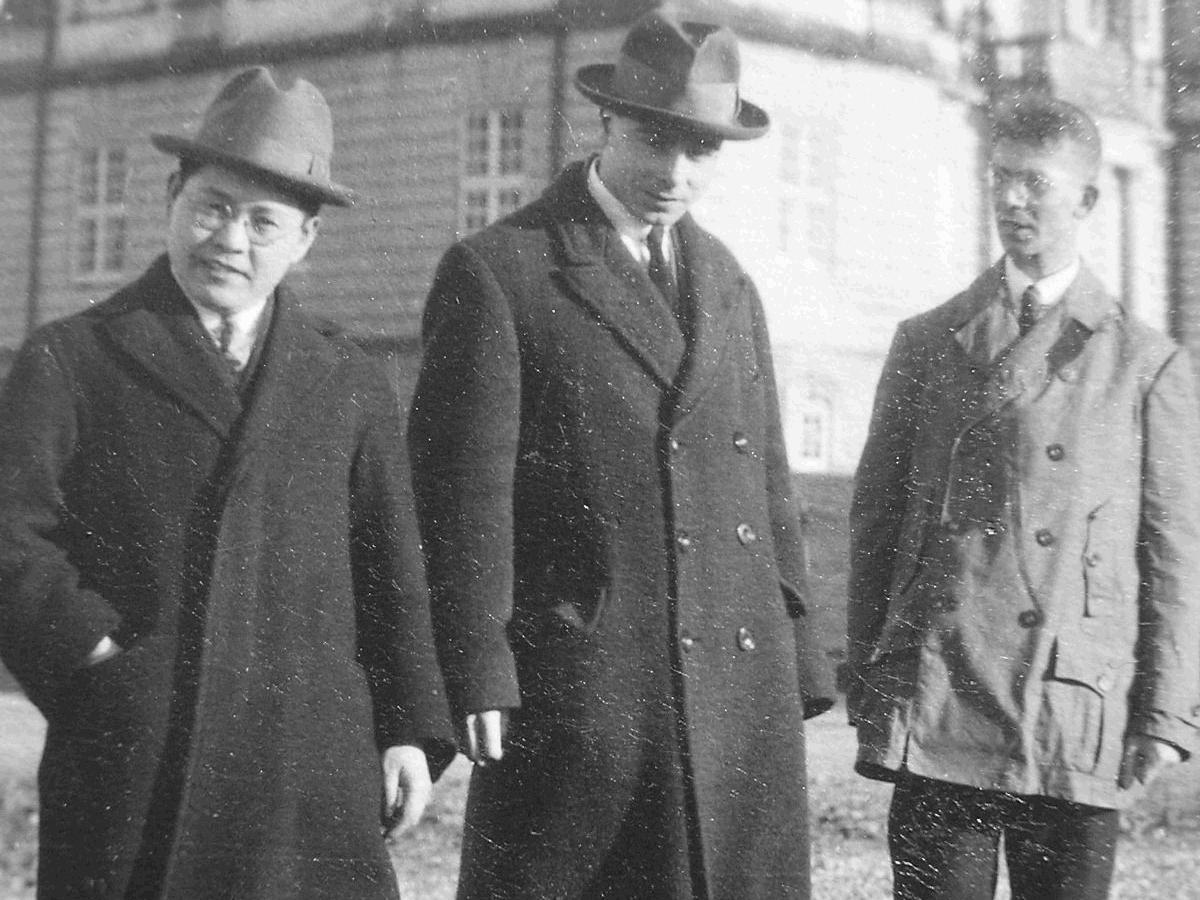<Back to Index>
- Physicist Yoshio Nishina, 1890
- Painter Jean Frédéric Bazille, 1841
- Field Marshal Anton Ludwig August von Mackensen, 1849
PAGE SPONSOR


Yoshio Nishina (仁 科 芳雄 Nishina Yoshio, December 6, 1890 – January 10, 1951) was the founding father of modern physics research in Japan. He co-authored the well known Klein – Nishina formula. He was a principal investigator of RIKEN and mentored generations of physicists, including two Nobel Laureates: Hideki Yukawa and Sin-Itiro Tomonaga. During World War II he was the head of the Japanese atomic program. The crater Nishina on the Moon is named in his honor.
Nishina was born in Satoshō, Okayama, and graduated from Tokyo Imperial University in 1918. After graduation, he became a staff member at RIKEN. In 1921 he was sent to Europe for research. He visited some European universities and institutions, including Cavendish Laboratory, Georg August University of Göttingen, and University of Copenhagen. In Copenhagen he did research with Niels Bohr and they became good friends. In 1928 he wrote a paper on incoherent or Compton scattering with Oskar Klein in Copenhagen, from which the Klein – Nishina formula derives.
In the same year he returned to Japan, where he endeavored to foster an environment for the study of quantum mechanics. He invited some Western scholars to Japan including Heisenberg, Dirac and Bohr to stimulate Japanese physicists. He detected what turned out to be the muon in cosmic rays, independently of Anderson et al.
His research was concerned with cosmic rays and particle accelerator development.
In 1946 he was awarded the Order of Culture by the Emperor of Japan.